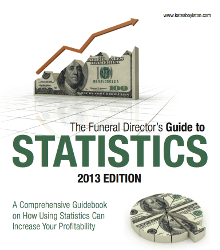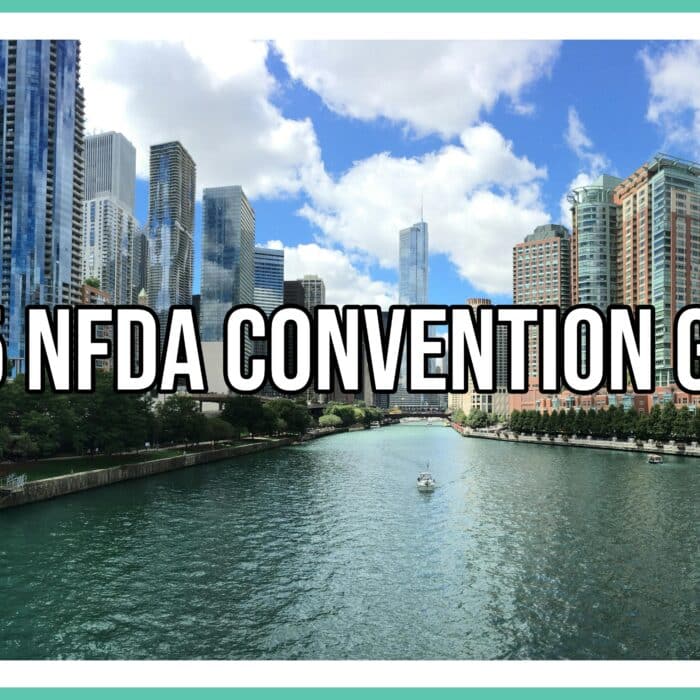Jul 25, 2013
(This article was originally published in Kates Boylston Publication’s 2013 Funeral Director’s Guide to Statistics by ASD Staff Writer Jessica Fowler. For more on this subject, check our blog next week to see ASD’s 2013 Telecommunication Survey results)
Using Statistics to Grade Your Answering Service
For better or worse, the first impression others have of a funeral home may determine its reputation for years to come. As a funeral director, there are a multitude of small details you must refine on a daily basis. From updating the appearance of your chapel to polishing the look of your website, it is crucial to create a welcoming atmosphere for visitors. However, with so much focus on the visual elements of your funeral home, it may be easy to lose sight of the enormous impact of telecommunications.
According to IBM, telecommunications has experienced more change in the past decade than in its entire history. In 1999, only 15% of the world’s population had access to a telephone; by 2009, nearly 70% had mobile phone subscriptions. For funeral homes, these changes signify the importance of recognizing the telephone as a vital communication tool and taking steps to safeguard every call.
Here are some recent statistics on the shifts in telecommunication trends:
- ► 91% of all U.S. citizens have their mobile device within reach 24/7. (Morgan Stanley)
- ► 80% of people will hang up on a business if they hear a voicemail. (Fortune Magazine)
- ► 50% of all U.S. adults own Smartphones. (Pew Research)
- ► 79% of consumers prefer to interact with companies by phone compared to other options. (Forrester Consulting)
These statistics demonstrate how significant telecommunications are to the growth and success of any business. Taking into account both the increase in mobile communication and the lack of patience for voicemail, callers who contact your funeral home for the first time are likely to expect a prompt answer from someone helpful.
If you don’t believe telephone customer service plays a major role in a family’s choice of a funeral home, these figures from the 2012 Global Customer Service Barometer may surprise you:
- ► Two-thirds of consumers would be willing to spend more with a particular company – 13% more, on average, following an excellent customer service experience. In comparison, 55% of customers would cease doing business with a company that provides poor customer service
- ► On average, consumers tell 15 people about good customer service experiences and 24 people about bad experiences.
- ► In 2012, 55% of consumers intended to conduct a business transaction or make a purchase, but decided not to based on a poor telephone service experience.
There is a ripple effect for businesses that do not protect their phone lines—consumers are not only more likely to remember a poor experience, but also more likely to spread the word to others. For funeral directors, providing prompt, professional and compassionate customer service over the phone is even more critical as callers may be highly emotional. Answering these sensitive calls with a busy signal or voicemail may permanently cement a negative first impression in the caller’s mind.
How can a funeral director solve this problem without being tethered to the funeral home 24/7? More than 60% of funeral homes now divert their lines to an answering service after hours. However, many funeral homes fail to evaluate their answering service’s performance to ensure callers are receiving the care and attention they need. Without the ability to listen to calls, track the number of times the phone rang or monitor how many callers are put on hold, funeral directors have little way to gauge if their calls are truly being protected.
Understanding how to properly measure and grade your answering service’s performance will allow you to walk away from the phone line confidant that calls will be answered promptly and professionally.
Here are some key benchmarks to consider when selecting an answering service. ASD – Answering Service for Directors is used as a case study:
- What is their 1st Ring Answer average? The 1st Ring Answer average is the percentage of calls answered on the first ring.
- Why it matters: A few seconds can seem like an eternity to a family member grieving the loss of a loved one. If your calls are not being answered on the first or second ring, there is no way to measure what percentage of callers may disconnect and call a different funeral home.
- Case Study – ASD: In 2012, ASD answered 88.2% of all calls on the 1st ring and 97% by the 4th ring including holidays and weekends. The company tracks, records and reports back to the client the number of rings for each call.
- What percentage of callers are placed on “hold”?
- Why it matters: It may be customary for businesses like insurance companies and medical offices to place callers on hold for long periods of time, but when it comes to funeral homes there is no substitute for first-class customer service. Assisting callers without delay protects your reputation for excellence and lets families know they are a high priority every time they call.
- Case Study – ASD: ASD’s system was designed so Call Specialists always handle one call at a time in the order they are received. In 2012, less than 3% of callers waited on hold for any period of time.
- What is the average time callers wait while on “hold”?
- Why it matters: Callers who contact funeral homes have time-sensitive needs. Whether the call is regarding a recent passing or a last minute change to an obituary, the longer a caller must wait on hold, the more likely he or she is to hang up in aggravation or take those frustrations out on you later.
- Case Study – ASD: The average hold time is 11 seconds or less according to ASD’s 2012 statistics. Scheduling in advance allows the company to predict high call volume and staff accordingly.
- What is the average dispatch time? The average dispatch time is the amount of time it takes for an operator to communicate a message to the on-call person after an urgent call is handled.
- Why it matters: Responsiveness is an essential trait for funeral professionals. If an important message is left and not returned promptly by a funeral director, a family is likely to feel ignored during their time of need.
- Case Study – ASD: The confirmed average dispatch time for clients using one of ASD’s mobile tools, such as ASD Mobile or text messaging, is less than 5 seconds. Calls are automatically dispatched the moment a call disconnects. For clients not using these features, the average dispatch time depends on the diligence of the on-call director.
- What is their operator training program duration?
- Why it matters: Training should be a vital concern when selecting an answering service because loved ones are often calling on the worst day of their lives. The person answering must exhibit compassionate communication skills and be qualified to handle some of life’s most difficult situations.
- Case Study – ASD: ASD has created a multi-step training program for new hires which includes a mandatory 6-month training period.
- What is their staff retention rate? The staff retention rate is the average number of years employees have worked for the company.
- Why it matters: Answering Services that do not take steps to incentivize their staff and promote from within are likely to have a revolving door of employees with limited experience.
- Case Study – ASD: The average ASD employee has been with the company for six years or longer.
- What is the average starting pay rate of their operators?
- Why it matters: It is crucial for any answering service to attract and retain skilled employees. If employees are making low or minimum wages, there is less likelihood that the staff will take pride in their work.
- Case Study – ASD: The average starting pay rate for an ASD Call Specialist is $14.25 an hour including incentives. Competitive benefits, college tuition reimbursement, an employee fitness center and opportunities for promotion all make ASD a highly appealing workplace for employees.
Further Reading
To read more about how using statistics can increase your profitability, order the Funeral Directors Guide to Statistics (2013 Version). To learn more about funeral home telecommunication trends, check our blog next week to read ASD’s 2013 Telecommunication Survey results.
About The Author
Jess Farren (Fowler)
Jess Farren (Fowler) is a Public Relations Specialist and Staff Writer who has been a part of the ASD team since 2003. Jess manages ASD’s company blog and has been published in several funeral trade magazines. She has written articles on a variety of subjects including communication, business planning, technology, marketing and funeral trends. You can contact Jess directly at Jess@myASD.com


